Saida Castle
Crusaders were also noted here, calling the city Sazhet (Sagette), which is similar to the Latin word “sagitta” - “arrow”. They were taken under the leadership of King Baldwin I of Jerusalem (1110 – 1118) shortly after the First Crusade, 4 December 1110. The city was held by the Crusaders until 1187, when it passed into the hands of the Egyptian Sultan Salah ad-Din (rules in 1174 –1193). Later Sazhet was returned to the crusaders.
The French king Louis IX, who was in the Levant (reigned in 1226 – 1270) ordered to build new fortifications in 1253.
Sozhet defended himself from the Mamluks who attacked him with a few Knights Templar until 14 in July 1291. The surviving knights evacuated to the island of Cyprus.
Later the fortress of Sayda was restored several times and was subjected to destruction until it was brought to combat readiness at the beginning of the 17th century. under the Druze lord (read “Lebanese”) Fakhr ad-Din Bin Maan (ruled in 1590 – 1633), who was preparing for war with the Ottoman Empire. After the obstinate Lebanese leader was eliminated by the Ottomans, the fortress lost its military significance. At present, its ruins are an open-air museum.
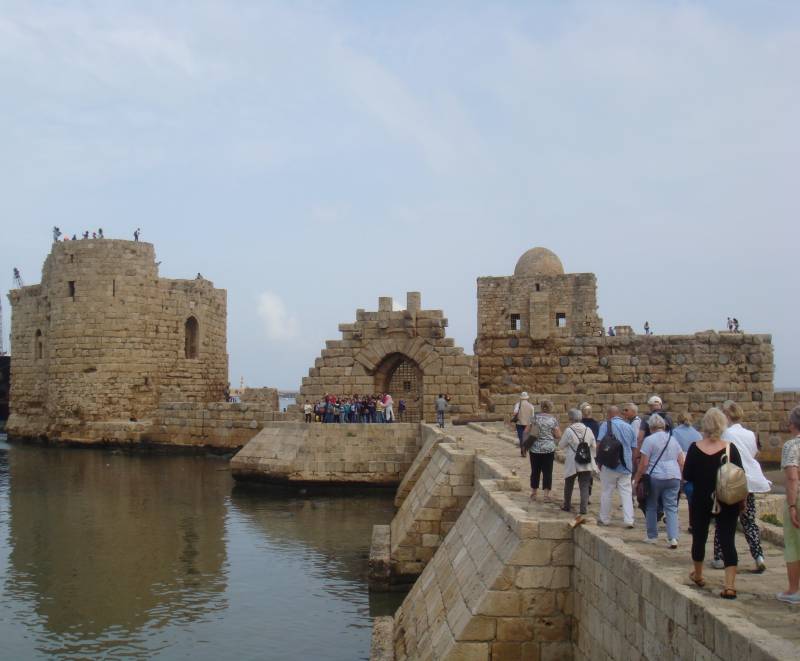
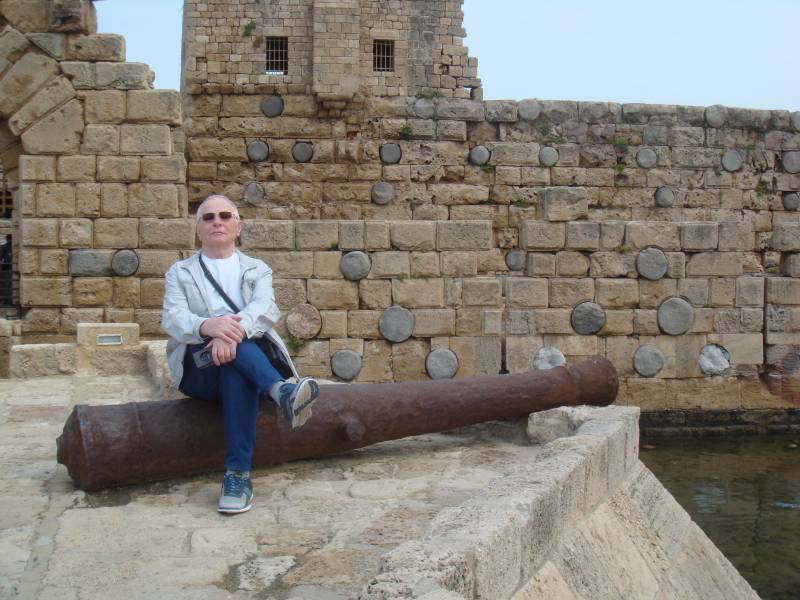
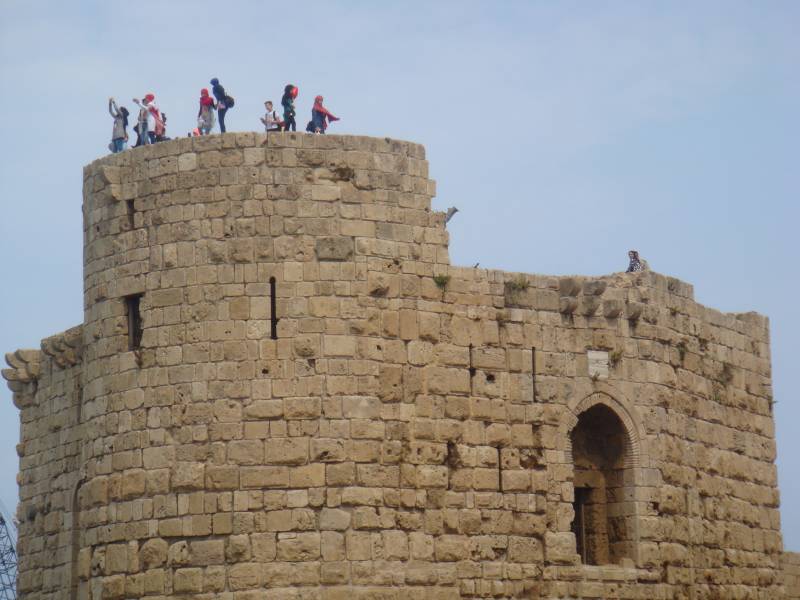
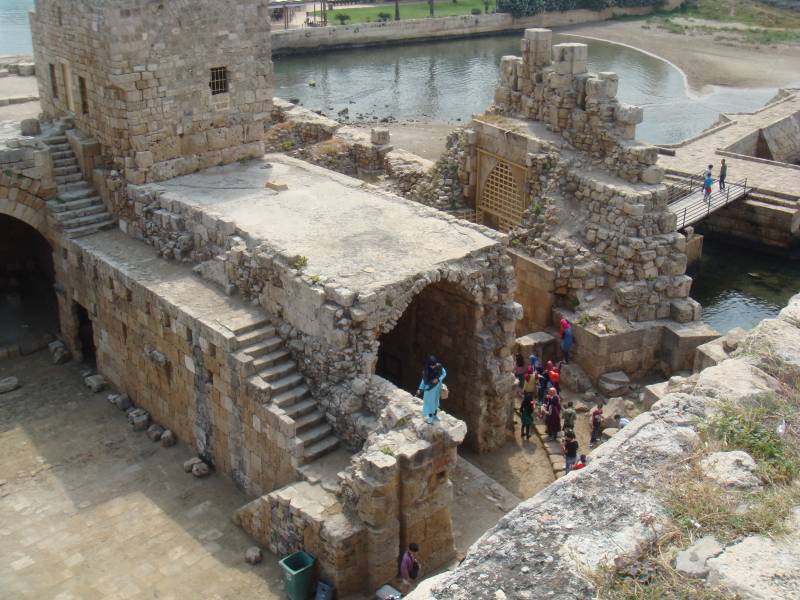
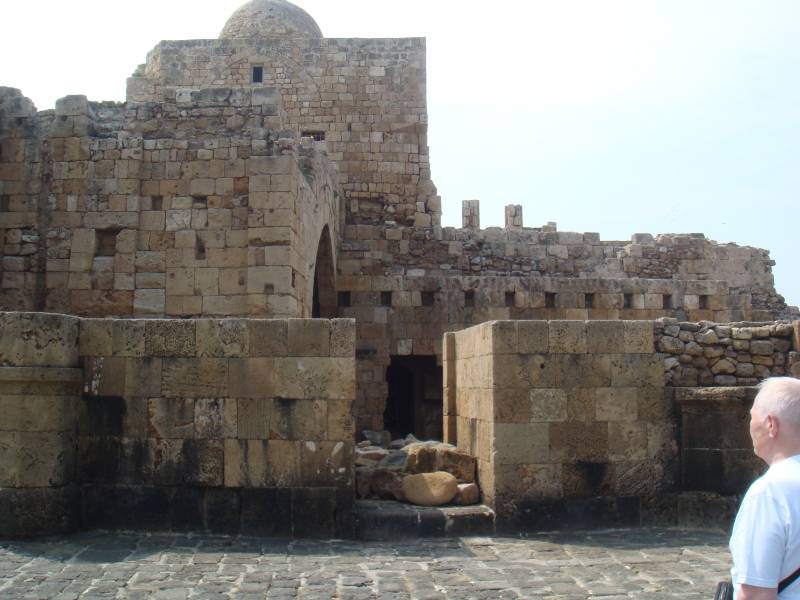
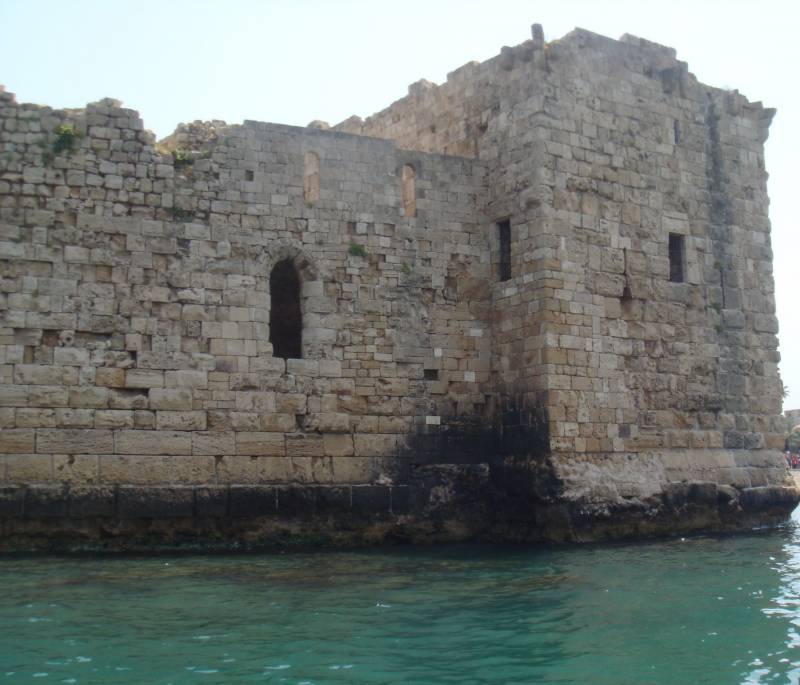
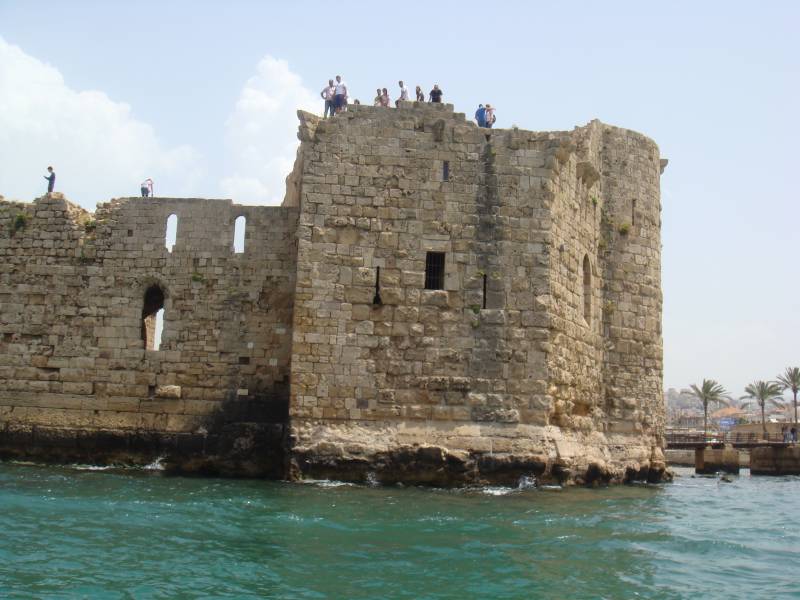
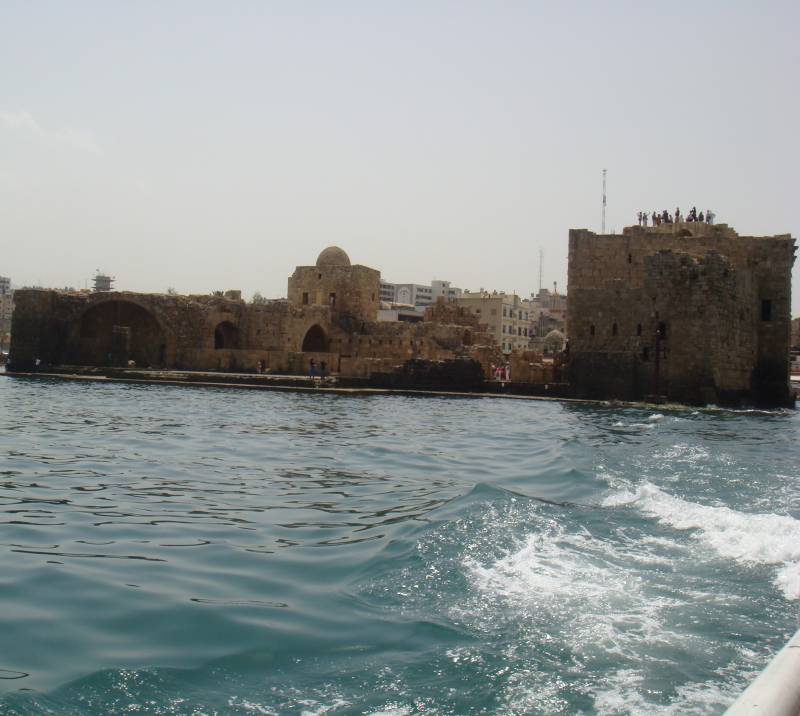
Information